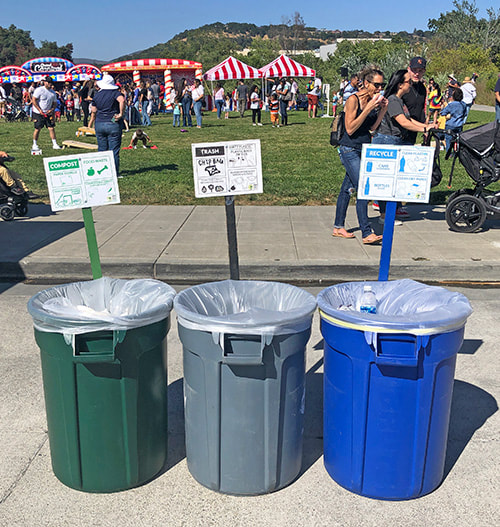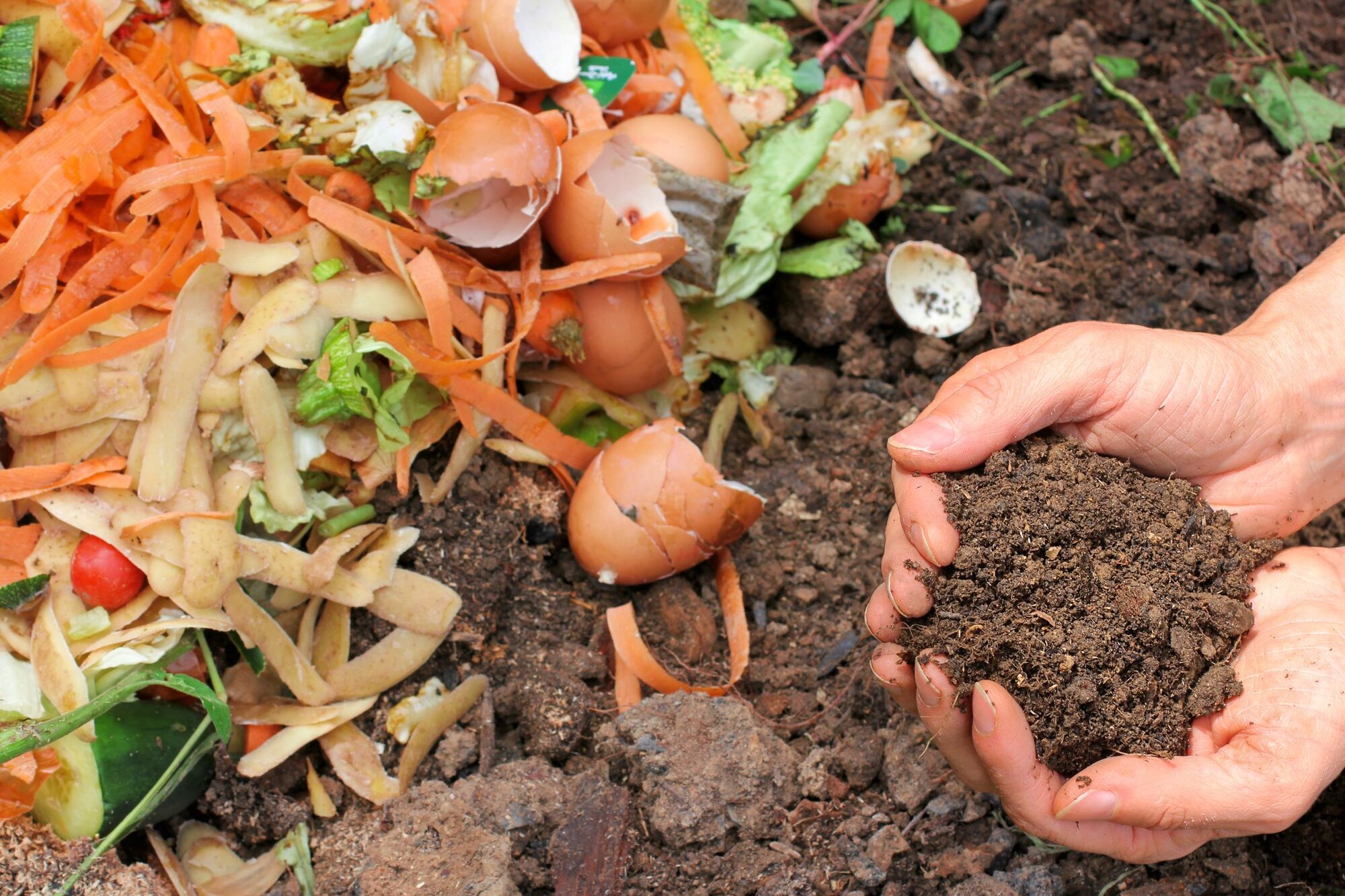World Centric Resource Recovery Team
Limited Value of Compostable Labeling Survey Results Underscore Importance of Industry and Stakeholder Collaboration in 3rd Party Certification Program Design and Testing
World Centric is a leader in the design and manufacturing of high-performance compostable packaging that helps the food industry safely feed their consumers and communities while significantly reducing the negative impact of plastic and harmful waste on people, land, and water.
As a leading contributor to the circular economy, we understand that elevating the utility of compostable packaging broadly and increasing correct diversion and disposal rates is a multifaceted challenge that involves consistent messaging throughout the life and end-of-life stages of single use packaging. Effective deployment and support of third-party certification marks targeted at consumers and other stakeholders can be an important part of addressing this challenge.
As a leading contributor to the circular economy, we understand that elevating the utility of compostable packaging broadly and increasing correct diversion and disposal rates is a multifaceted challenge that involves consistent messaging throughout the life and end-of-life stages of single use packaging. Effective deployment and support of third-party certification marks targeted at consumers and other stakeholders can be an important part of addressing this challenge.
|
As a leading manufacturer in the compostable packaging space, World Centric supports the circular economy that compostables can provide.
|
Given the important role certification marks can play, World Centric was eager to see the summary of a recent consumer labeling survey entitled, “Unpacking Labeling and Design: U.S. Consumer Perception of Compostable Packaging,” conducted by the Closed Loop Partners Center for the Circular Economy and the Biodegradable Products Institute (BPI).
As a partner and customer of BPI since 2007, we have great appreciation for the advancements they have made to the composting industry through their three strategic pillars of Certification, Education and Advocacy. |
However, close review of this report by World Centric’s Sustainability Team found the consumer labeling research summary and design to be lacking in scientific rigor, overly narrow in scope, limited in relevance due to imagery rather than actual packages, and biased overall due to limited involvement of industry partners and independent academic or regulatory stakeholders in the research design and analysis of results.
- Lacking in scientific rigor – absence of any clearly delineated test/control design, or any clear description of: number of labeling designs evaluated by each respondent, questionnaire design, statistical analyses applied to the data to determine levels of significance, generalizing results to support the use of the BPI logo as the most effective labeling technique to improve the diversion of compostable packaging to the appropriate material stream
- Narrow in scope – Only the BPI logo was evaluated and appears to have been only tested in conjunction with the word “compostable” printed on packages, which does not provide a clean read on the incremental value of the mark. The research would have been more useful had it included alternative 3rd party marks such as TUV Ok Compost or the Compost Manufacturing Alliance. Company logos or other symbols in the compostable packaging space might also have been evaluated.
- Irrelevant stimuli – Respondents were asked to evaluate the packaging logos via digital images - a very different experience from reacting to actual packages. Embossed or printed marks, words, and colors show up differently across a range of material substrates and are often not as readily identifiable as in digital, high-resolution pictures. Consequently, it is difficult to extrapolate consumers perceptions of digital images to real life, in-use applications.
- Overall bias – The inclusion of only the BPI logo, and the survey being conducted and reviewed by BPI suggest a potential conflict of interest. BPI has a large presence in the third-party composability verification space and will be requiring the inclusion of their logo on all BPI-certified products at the start of 2024.
|
There is argument to be made for industry use of marks to indicate compostable packaging or material type akin to the plastic resin codes. Marks can help accelerate recognition and understanding of compostable materials to facilitate accurate diversion. However, to have any degree of significant impact, the development, testing, licensing, and deployment of these marks must be done collaboratively and must be supported by an ongoing and meaningful consumer and stakeholder communication and education plan.
This survey could have played the role of a cohesive first step forward in this sort of direction, and it’s extremely unfortunate that this BPI/Closed Loop Partners survey research was executed without the collaborative input from a range of stakeholders in the compostable packaging community. |
The BPI mark may serve as an awareness tool but its ability to single-handedly influence correct diversion to the appropriate material stream is not supported with this survey.
|
The results did not provide convincing, statistically-significant evidence identifying a single labeling scheme that would guarantee successful capture of certified compostables.
Moving forward, World Centric recommends following BPI’s actions - “Design, Educate, Collaborate” more closely. This is an area worthy of continued research through a more collaborative approach that involves industry partners and independent academic or regulatory stakeholders in the research design phase and analysis of results.
Future research efforts, designed, executed and utilized through cross-industry collaboration should consider:
- More rigorous test/control designs that incorporate a range of packaging stimuli, marks and labels evaluated within various usage scenarios:
- Digital imagery vs. actual products
- Different materials, e.g., compostable fibers vs. plastics
- With and without supportive marketing and educational materials
- Test impact of on-product marks and communications in real world scenarios – using collection rates at events (e.g., fairs, concerts, school programs) as the dependent variable
- Observational studies to isolate the factors that promote proper source separation of all compostable and recyclable material streams
- Quantify the impact of access to infrastructure to properly process source-separated materials on the adoption of compostable packaging materials
- Assess the negative impacts of disjointed policy approaches and misaligned industry efforts on consumer comprehension of compostable packaging benefits and adoption behavior
- Study the effectiveness of various educational programs and materials on successful sorting practices
- Quantify and categorize contamination at composting facilities
The survey admits to being a “stepping stone” for the industry. As a leader in the compostable packaging industry, we advocate for continuing to collaborate and strengthen the efforts to finding the optimal approach to achieve circular outcomes for compostable packaging that work for all stakeholders.
Author Profile
Resource Recovery Team at World Centric






